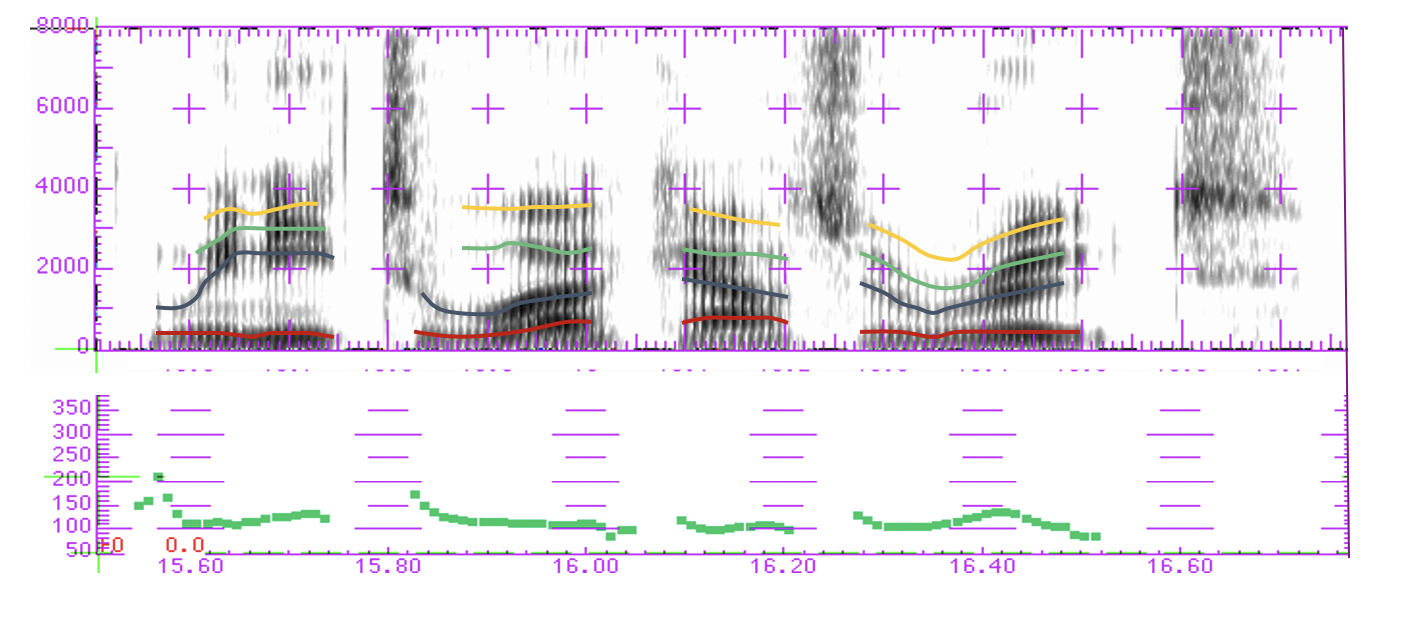Background - Voice Parades
In certain crimes, the voice of a perpetrator is heard by a victim or witness, but no recording of the incriminating speech is available.
A robber may have been masked, or have attacked from behind, for instance; or contact may only have been over the telephone. If the witness has received sufficient exposure to the perpetrator's voice, earwitness evidence may be collected through a voice parade. A voice parade is conducted using a similar format to a visual identity parade, but using voices rather than faces: the witness is asked whether they can pick out the voice of the speaker heard at the crime scene from a line-up of recorded speech samples which includes the suspect's voice along with a number of 'foil' voices.
In England and Wales, the current guidelines on how a voice parade should be conducted (published in 2003) were developed as an extension of the police procedure for visual identification parades. However, since the original voice parade guidelines were developed, psychological research has emphasised that although face and voice processing exhibit many parallels, there are also marked differences, and further research is needed to ensure that the details of the voice identification procedure are set up in a way that optimises earwitness performance. The IVIP project aims to improve the understanding of earwitness behaviour and to improve the interaction of the criminal justice system with the use of earwitness evidence.
Project Aims
The IVIP project has four main aims, with corresponding strands of investigation, as follows:
- To establish optimal parameter values for voice parade procedures – Strand 1: Parameters
- To explore the psycho-phonetic underpinnings of voice distinctiveness – Strand 2: Voice Distinctiveness
- To investigate how social stereotypes affect voice identification – Strand 3: Social Stereotypes
- To examine the accuracy of criminal justice practitioners’ knowledge and beliefs with respect to voice identification procedures – Strand 4: Legal Interaction
Impact and Contribution
Crimes involving the witnessing of a voice are widespread, yet at present this evidence is rarely being adequately capitalised on in the United Kingdom and other countries. Improvements in the understanding of earwitness behaviour and in techniques for collecting earwitness evidence efficiently are essential in addressing these kinds of crimes. This project will offer advances in the implementation of voice parades and improvements in the legal interaction with earwitness evidence which will lead to improved outcomes in the justice system.







